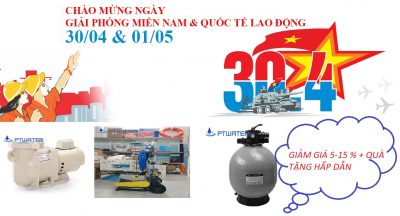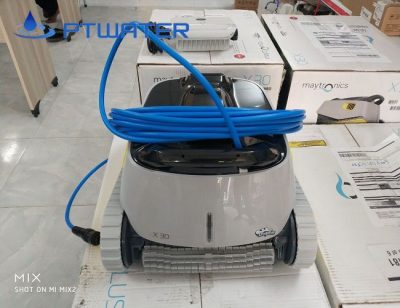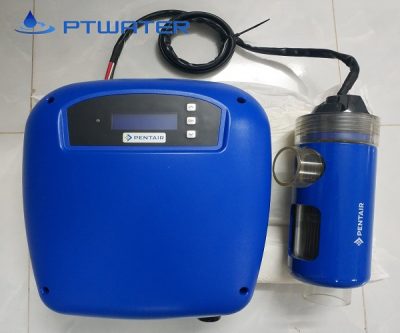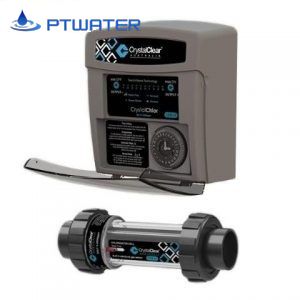Singapore government is investing S $ 10 billion (equivalent to US $ 7.2 billion) to build a “super-speed” underground sewage pipeline. “Super speed” underground sewage pipeline above is 3-6m in diameter and installed at a depth of 35-55m above the ground. This piping system will receive sewage from households and factories, and then send it to treatment plants; Waste water after being treated will be mainly used for industrial and air cooling purposes.
According to Ng Joo Hee, Executive Director of Singapore Public Utilities Commission, used water is a useful source of water for Singapore and is not wasted. This underground sewage pipeline, 90 km in length, is expected to be completed by 2025, which will help to increase the rate of reused wastewater after being treated in Singapore’s total water demand from 40 % The current.
The Singapore government hopes that by 2060, this ratio will increase to 85% of the “Lion Island” water demand, thanks to the “recycling” of wastewater and seawater desalination.
Singapore – a country with scarce natural resources, including fresh water – is investing heavily to raise self-sufficiency, clean water self-sufficiency and reduce dependence on water supply from neighboring Malaysia. .
Under the 1962 Water Agreement signed by Singapore and Malaysia, Singapore was entitled to purchase 250 million gallons (945 million liters) of water / day from the Johor River of Malaysia for 0.03 ringgit (US 0.7 cents) / 1,000 gallons. .
However, Malaysian Prime Minister Mahathir Mohamad, who has returned to his position in Malaysia since May 2018, has asked to raise the price of water supplied to Singapore, saying that the price is not reasonable.
Singapore and Malaysia have not reached an agreement on water prices, so it does not rule out the possibility that water supply stops for Singapore may occur./.




